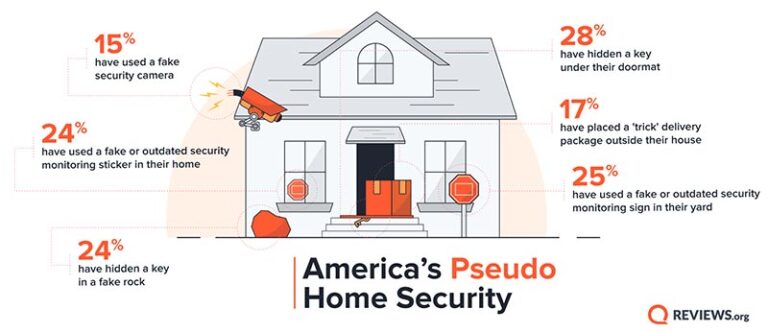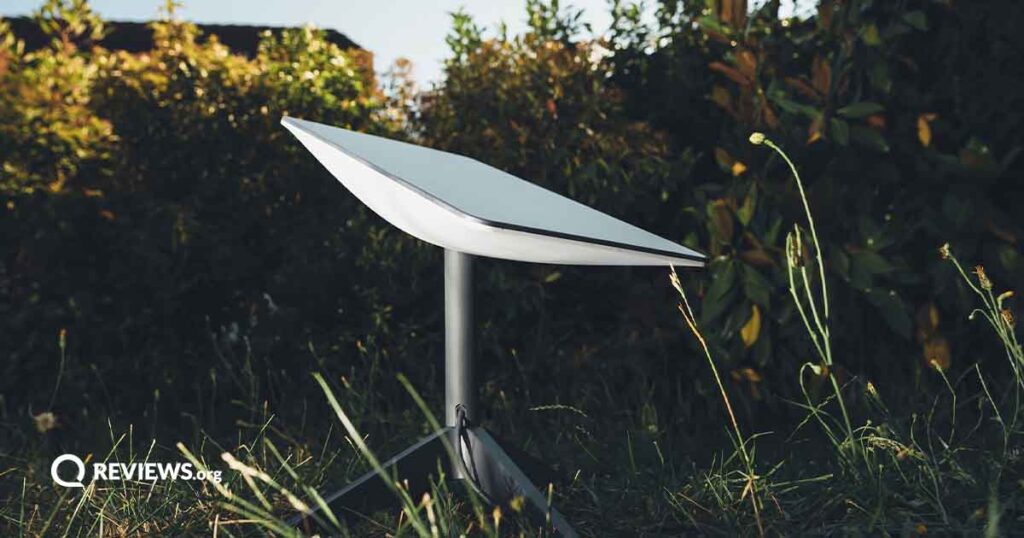There are generally three power options for security cameras, wired, wireless, or wire-free. Although the terminology can get a bit confusing:
- Wired, which means the camera relies on wires to connect to both power and your internet.
- Wireless, which means your camera can connect to the internet wirelessly but requires a power cord. Sometimes these cameras are still called “wired” since they require a cord.
- Wire-free, where the camera runs off a battery pack and doesn’t need any wires at all. Sometimes these cameras are called wireless since they run without power cords.
With wired installation, you’re a little limited in terms of placement, but your connection will be more reliable and secure. Consider where you have to run the wire and how much length you need. You can always buy longer extension cables.
The most popular places for an outdoor camera are above the garage door or looking over a front or back porch. For a garage camera, make sure you have a large field of view. For a porch camera, make sure your camera is mostly looking at a driveway or walkway to capture all the action possible with a smaller field of view. You may want to consider a doorbell camera like the Nest Hello, the Arlo Video Doorbell, or the RemoBell S.
Just make sure the hole you drill is big enough to pull the wire through but not so big that you can no longer mount the camera.
A big benefit of wire-free (sometimes still called wireless) cameras is being able to place them nearly anywhere. But you’ll still want to make sure you’re within range of your Wi-Fi, Bluetooth, or other wireless connections.
That said, if your outdoor camera needs a power cord, like the Nest Cam Outdoor, you should be able to drill easily through denser materials like brick or stucco if needed.
Make sure you place your security camera out of reach so a thief or guilty child can’t just grab it and leave. Tech installers recommend placing your cameras at least nine feet above ground—but just don’t go so high you can’t see what’s happening down below.




